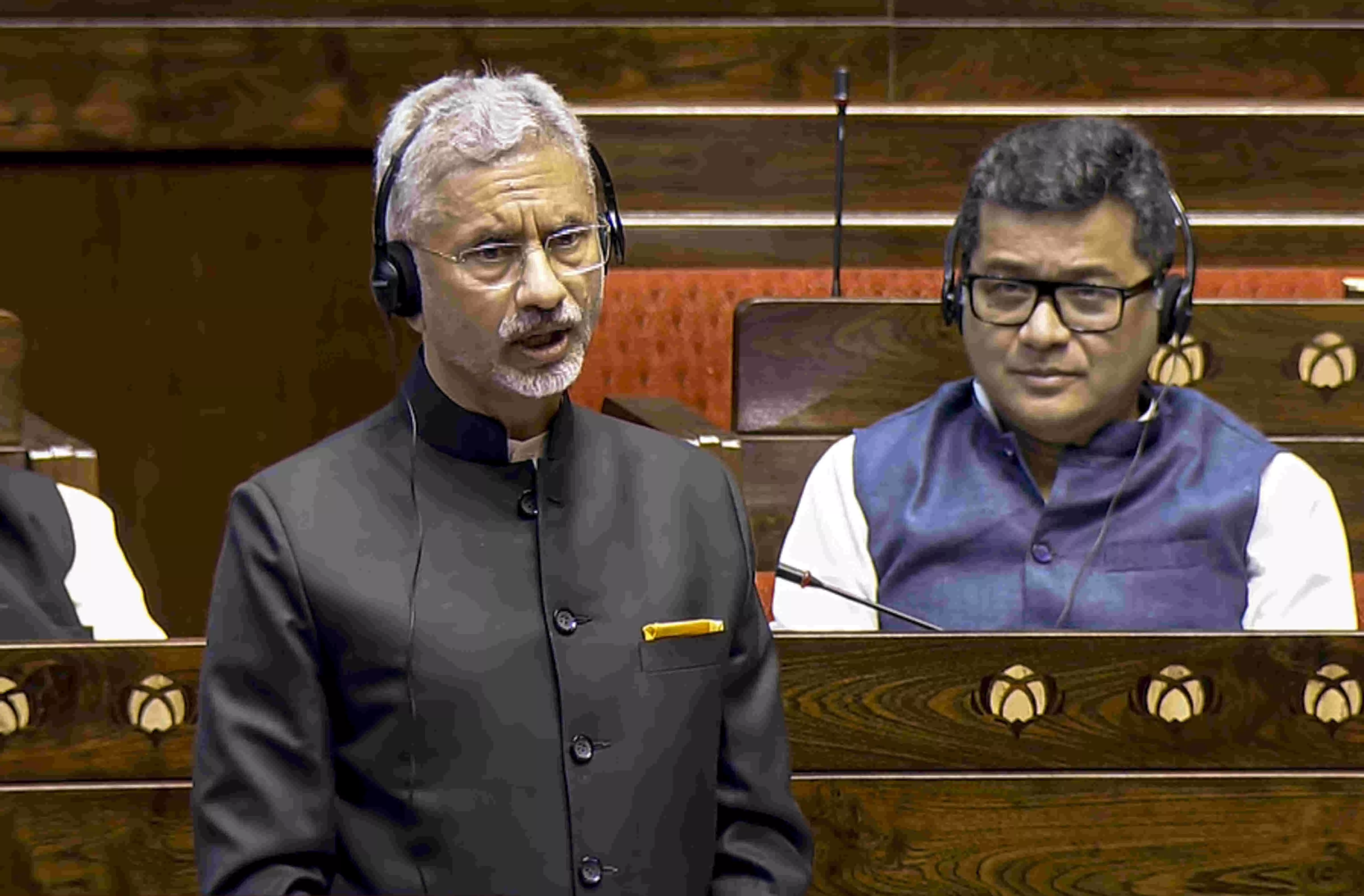Bonhomie with a caveat

On the floor of the parliament, External Affairs Minister S Jaishankar spoke about the India-China border crisis, after a long delay and consistent demands from opposition members. He admitted that “China is in illegal occupation of 38,000 sq. kms. of Indian territory in Aksai Chin as a result of the 1962 conflict and the events that preceded it”. Regarding the present situation, he said that “India and China have held talks for multiple decades to resolve the boundary issue. While there is a Line of Actual Control (LAC), it does not have a common understanding in some areas”. He further added that India remains “committed to engaging with China through bilateral discussions to arrive at a fair, reasonable and mutually acceptable framework for a boundary settlement.” His act of communicating to the Lok Sabha is delayed but appreciable. It is an improvement over unsubstantiated remarks outrightly denying any possession of Indian territory by the Chinese—implied in a statement made none other than the Indian PM in June 2020.
As things stand today, over the past couple of months, the strain in the border tensions has eased significantly. S Jaishankar also informed the parliament about the recent agreement reached on October 21, 2024, regarding Depsang and Demchok, which was followed by the 32nd meeting of the Working Mechanism for Consultation and Coordination on India-China Border Affairs (WMCC) on December 5. Indeed, the latest WMCC on India-China Border Affairs is a cautious step forward in the ongoing efforts to stabilise relations between the two countries.
Despite the apparently increasing bonhomie, India remains steadfast in sticking to the oft-reiterated principles that must be observed in all circumstances — strictly respecting each other’s sovereignty, refraining from attempts to unilaterally alter the status quo, and abiding by the agreements reached in the past. Jaishankar has also made it quite clear that border resolution and other aspects of bilateral ties must go hand in hand. Speaking at an event hosted by the Associated Chambers of Commerce & Industry of India (Assocham), Jaishankar emphasised the importance of a balanced approach to trade with China, citing the strained political ties over the past four years and the necessity of reducing reliance on a single supply chain.
Since the Galwan Valley clashes in 2020, India has engaged in numerous rounds of negotiations, aiming to restore peace along the Line of Actual Control (LAC). These talks have included military commanders, foreign ministers, and special representatives. The latest disengagement agreement allows for coordinated patrolling and access to grazing areas in previously restricted zones. However, this progress comes with caveats. The buffer zones, described as temporary, have effectively restricted Indian patrols in areas that were accessible before 2020. These compromises raise concerns about their long-term implications for India’s territorial access.
The government has taken steps toward greater transparency by providing updates in Parliament and briefing a parliamentary panel. This shift is welcome but long overdue. For years, details about the border negotiations were sparse, leaving the public in the dark about crucial developments. Even now, there are gaps in the narrative. The government’s statements emphasise that India’s “national security” interests are being upheld, but there is no clear mention of a return to the pre-2020 status quo. This omission is significant, as it suggests that India may be settling for a redefined normal along the LAC rather than pushing for a full restoration of territorial positions. The core issue lies in the ambiguity surrounding the LAC itself. Decades of negotiations have failed to produce a mutually agreed-upon delineation of the boundary. Without this clarity, the potential for future disputes remains high. Amid all this, the coming months will test the resilience of India’s diplomacy and its ability to safeguard its interests without compromising its principles. Trust, as always, will remain elusive, but India must ensure that it is neither blind nor complacent in its pursuit.



